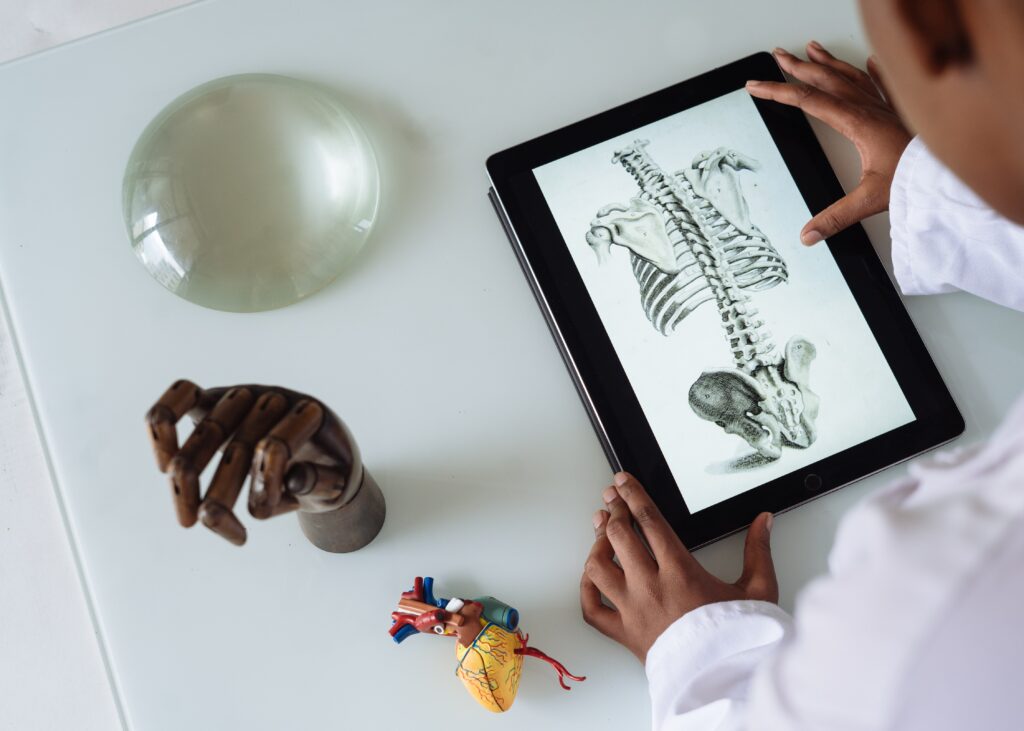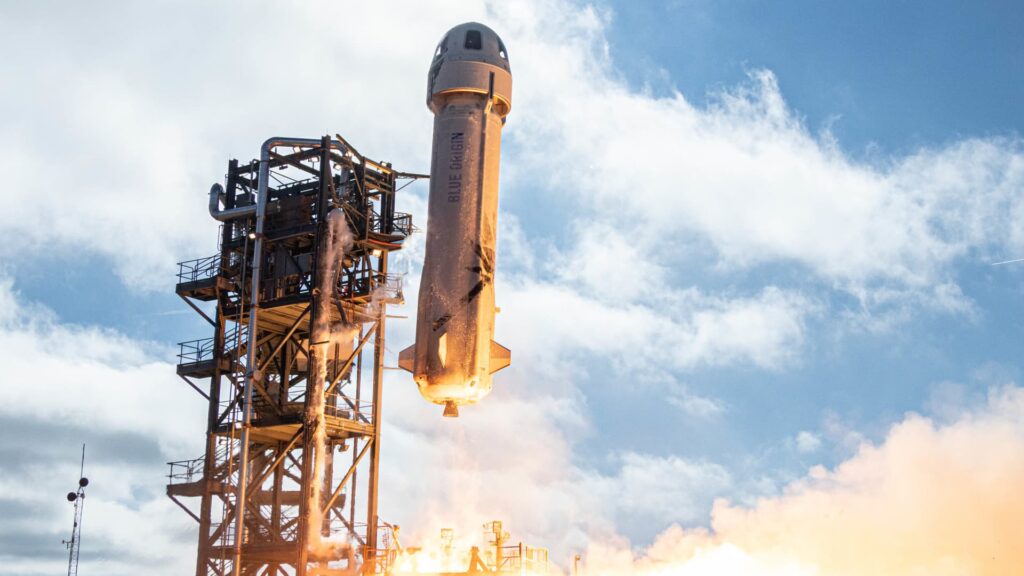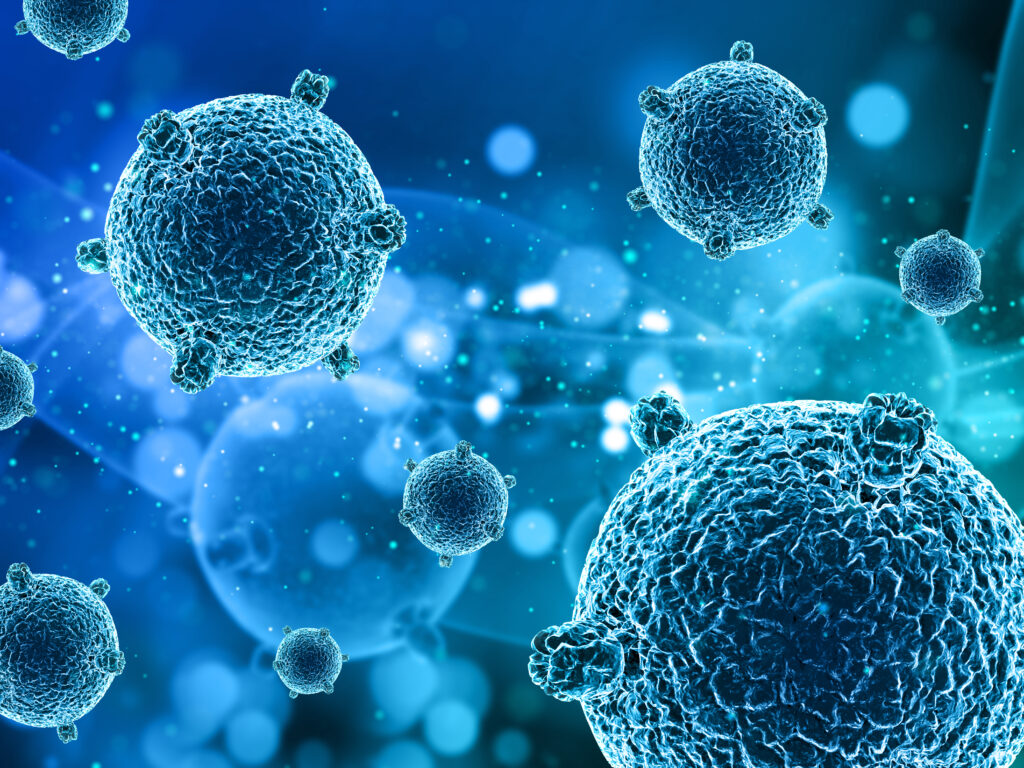Organ bioprinting uses 3D printing technology to create various cell types, biomaterials, growth factors, and other types of cells in a layer-by-layer approach to create bioartificial organs that are ideally modeled after their counterparts in nature.
3D bioprinting has been hailed as a promising method to fabricate complex biological structures in tissue engineering and Regenerative Medicine. Its goal is to overcome the limitations of traditional techniques for tissue engineering through precision and controlled layer-by-layer creation of biomaterials into an ideal 3D pattern.
A 3D-bioprinting process for tissues, cells, and organs Collection on Scientific Reports is a collection that brings an array of research studies that demonstrate the potential of various bioprinting techniques. The Collection combines research focused on 3D bioprinting organs to meet the demands of a shortage of organs, cell patterning for improved tissues, and developing better models for diseases.
The science behind 3D bioprinting
Human organs that live are extremely difficult to duplicate because of many complex structures, including tissue networks, microchannels, nerves, blood vessels, and many more. In general, artificial organs are designed devices implanted or integrated into the human body and connected to living tissue to substitute a natural organ to perform the function of a particular organ so that the patient can return to their normal lives whenever possible.
To produce life-like three dimensions, this technique employs the layer-by-layer method. Bioprinters utilize ultra-fine needlepoints and bio-inks from healthy living cells to produce exact printing.
To bioprint the entire liver, a significant amount (up to billions) of healthy cells is needed. Additionally, we club these bio-inks with biochemical components to mimic the living tissues and encourage the growth of cells. A further important element of the bio-ink is hydrogels, water-rich molecules that function as glue.
Bioprint models could be utilized in space to study the effects of radiation, microgravity, and even the impact on astronauts’ bone tissues, to mention just a few. Researchers envision a time that this potentially lifesaving technology could go to the Moon and beyond.
Soon, 3D bio print models could enhance the quality of medical research, education, and training. In the absence of animals as testing models, tiny tissue models could be used to evaluate the effectiveness of drugs. The aim is to aid in ending the global organ shortage crisis.
3D printing with high resolution is the answer!
To keep improving and advancing the newly developed bioinks, the resolution of 3D bioprinting must be increased. A higher resolution printer would enable scientists to 3D print larger lung tissues and alveoli, which are crucial for gas exchange, and help bring the fully 3D printed lung tissue closer to the real world.
Technological advances in the technology of 3D printers and future bio-ink developments will enable higher-resolution bioprinting, allowing for larger-sized tissues that could be utilized for transplantation.
The creation of this bio-ink is a vital advancement. Still, it is crucial to confirm the tiny airways’ effectiveness over time and to study the possibility of using this method for large animal models.
In What Ways Can 3D Bioprinting Help Us?
Let us examine below:
Bioprinting may replace organ donors.
By using 3D bioprinting, each of these patients could have had their organs transplanted in just a few many years, but just a few days. Using bioprinting technology, researchers are working on methods that print live organs, such as kidneys, livers, lungs, and every other organ our bodies require. This could reduce the need for organ transplants, offering everyone a chance to have a second chance.
Bioprinting can help to prevent the rejection of cells.
Human tissue printing that works naturally isn’t an easy job. Still, the chances of procuring a donation who shares cells that are compatible with your own aren’t very high. Incompatibility could trigger an immune system that attacks the body in case a foreign cell is found. Organ transplants can be complex. There could be complications if the body cannot accept the new organ. The patient will require a fresh transplant (which could mean another lengthy and painful waiting period) or remain on immunosuppressants for the remainder of their life.
However, with 3D bioprinting, these cells can come from the person. This will ensure that your body will not disapprove of the transplant following the procedure.
Bioprinting can replace animal testing in labs.
As tissue production grows and is more accessible, each cosmetics manufacturer will devise a different method at the table, i.e., printing objects to test products to ensure that no animal is harmed again.
Bioprinting can replace volunteers in drug testing labs.
Bioprinted tissue could eventually replace human volunteers in laboratories for testing drugs, thus reducing the risks that testing can pose to volunteers’ health and safety. In this manner, 3D bioprinting could become the most reliable and secure method of testing new drugs before releasing them.
Are there any challenges to 3D bioprinting?
Although 3D bioprinting is growing at a rapid pace, with researchers working to create new printing methods and also improve existing ones, there are a lot of hurdles that must be addressed.
At present, only a few bioinks can be printed and accurately depict the anatomy of tissue required for restoring organ function following printing. Bioinks made from naturally-derived hydrogels can be beneficial to the growth of cells. However, synthetic hydrogels are incredibly durable. So, hybrid bioinks must be designed to combine all these factors.
Additionally, the process itself has to be more cellular-friendly. The shear stresses applied to cells in the printing process can be harmful to the growth of cells and may alter the gene expression profile. Stem cells, including iPSCs, are prone to these physical forces and generally do not survive during printing. Because stem cell research has typically been conducted in 2D environments, many unanswered questions regarding the 3D stem cell culture exist. Effective methods must be developed for high-throughput creation and bioprinting organoids for individualized drug testing and predictive models of disease.
Furthermore, the vascularization of bioprinted structures to ensure proper exchange of nutrients and the integration of printed vasculature into the host vasculature after organ transplantation is a different major issue.
A Brief Touch to 3D Bioprinters
3D printers, and 3D bioprinters, have a lot in common with one another. 3D printers are made to print solid material. In contrast, 3D bioprinters are specifically hand-crafted to print gel or liquid. 3D bioprinters have also been made to handle delicate materials which contain living cells without causing too much harm to the final product.
Bioprinters can be inkjet laser-assisted, laser-based extrusion-based, or laser-assisted. Each type of printer has advantages and disadvantages regarding the cost and viability of cells, density and resolution, and other aspects. Bioink compatibility is also different, so it is crucial to ensure that bio ink and bioprinter are compatible.



